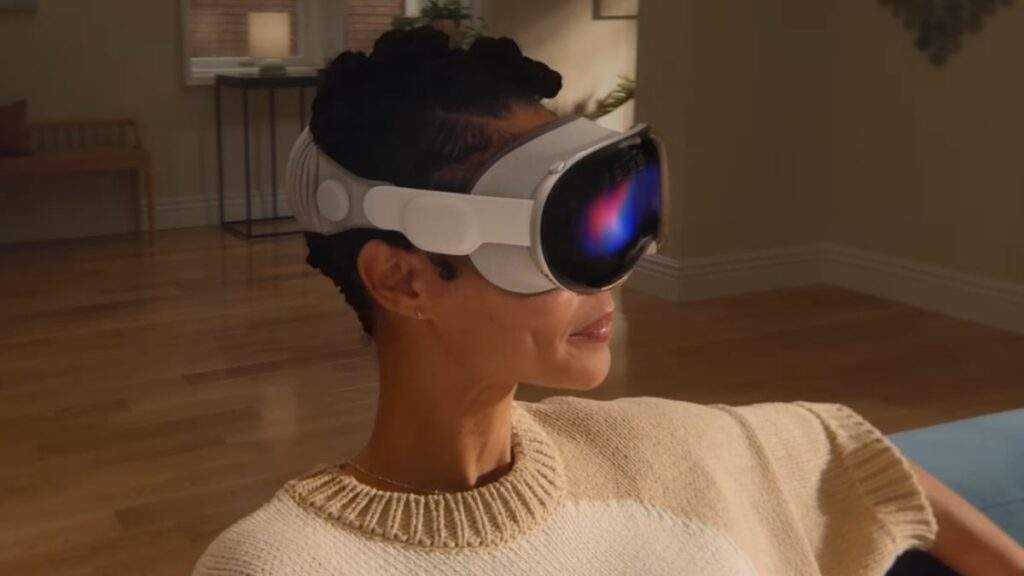Apple’s Cheaper Vision Headset May Feature Lower Resolution Displays
Apple has been working on developing a cheaper version of its Vision headset, which could be launched in the coming years. According to recent reports, the company is exploring the use of lower resolution OLED displays to cut costs while developing its next spatial computer.
The Elec, a Korean publication, reports that Apple has received an OLED panel sample from Japan Display Inc. (JDI) designed for MR headsets. The sample uses a cheaper component instead of OLED-on-Silicon (OLEDoS) for the board, which could result in a 1,500ppi resolution. This is significantly lower than the 3,391ppi resolution of the first-generation Apple Vision Pro.
The sample also uses technology from Sony, Apple’s primary supplier for the Vision Pro panels. In July, it was reported that Apple was planning to equip its next Vision headset with a 2.1-inch OLEDoS displays with a resolution of 1,700ppi. This suggests that the size of the displays on the more affordable MR headset will be larger than the first-generation Vision Pro, which has a much higher resolution.
Apple was said to have contacted two other suppliers, LG and Samsung, for information related to these microdisplays. It is currently unclear whether Apple has received a response to its request for information (RFI) from both firms.
Bloomberg’s Mark Gurman previously claimed that Apple is still working on expanding its Vision mixed reality devices lineup, and that the company could launch two new devices. The cheaper of these will arrive in 2025, according to the journalist. However, if the information shared by The Elec is accurate, the cheaper MR headset might not be launched for another couple of years.
The cheaper Vision headset is expected to have a lower price point than the current Vision Pro, which costs $3,499 (roughly Rs. 2,92,900). Apple has not officially confirmed any details about the cheaper headset, but the reports suggest that it could be a more affordable option for consumers who want to experience mixed reality technology.
